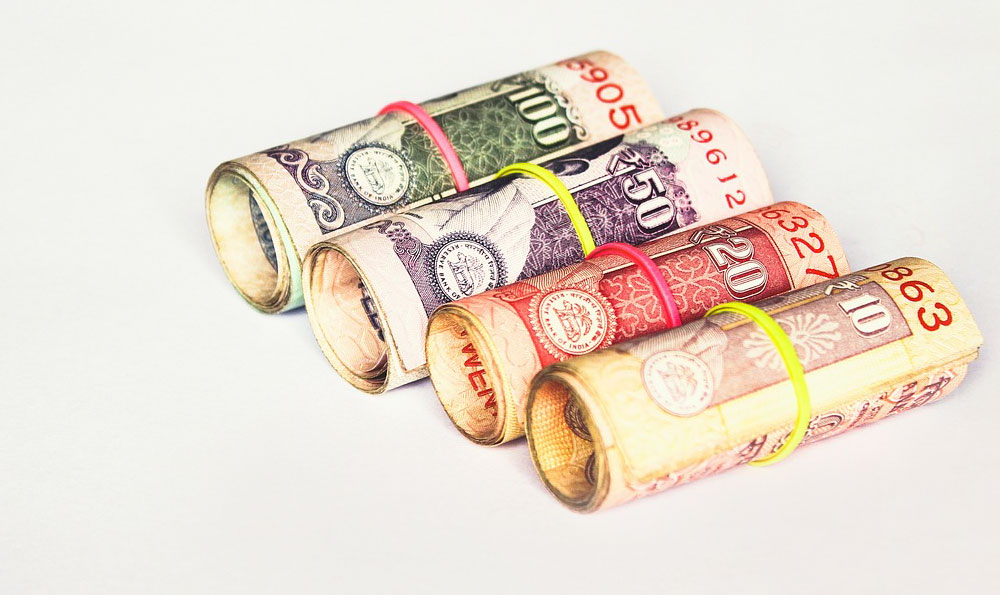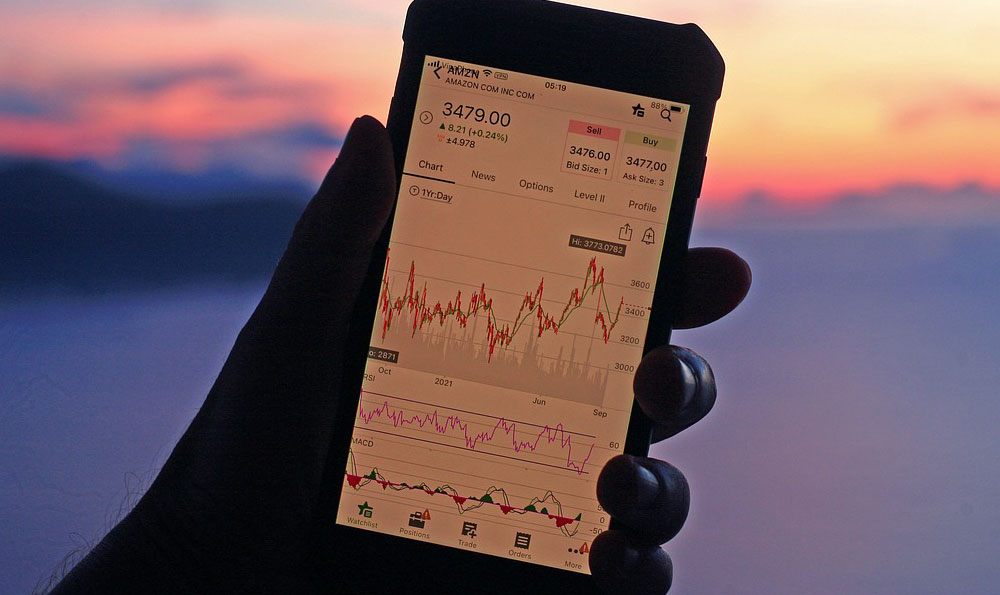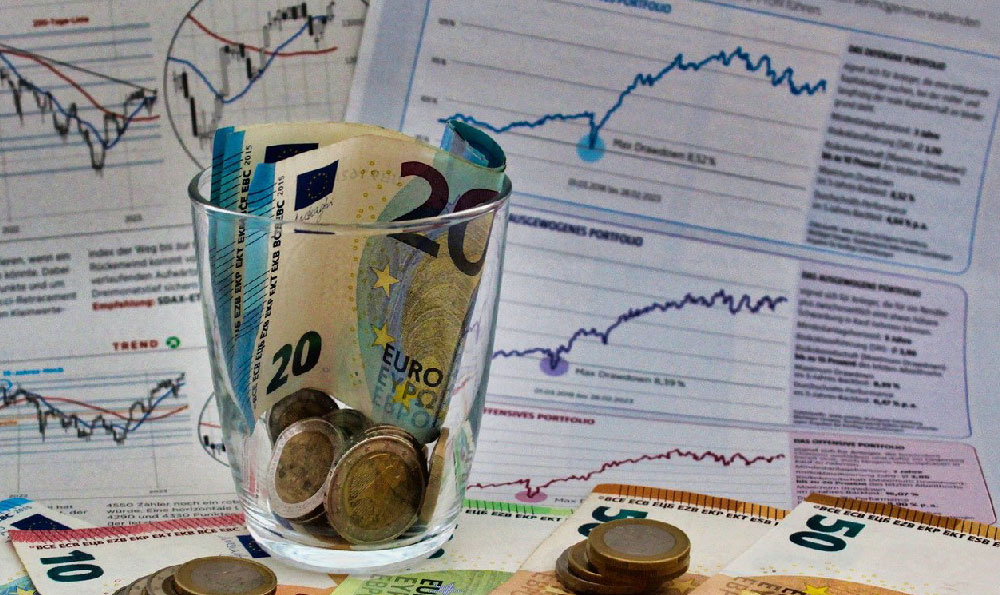Is Times Square in Manhattan, and if so, what part?

Ah, Times Square. A kaleidoscope of flashing lights, towering billboards, and a relentless surge of humanity. The heart of the Theater District, the site of New Year’s Eve celebrations, and a global symbol of New York City. So, to answer definitively: yes, Times Square is in Manhattan. But where exactly within that vibrant borough does it reside? To fully grasp its location, and indeed its very essence, we need to delve a little deeper.
Times Square isn’t simply a point on a map; it’s more accurately described as an intersection and a surrounding neighborhood. It’s positioned at the junction of Broadway and Seventh Avenue, stretching roughly from West 42nd Street to West 47th Street. This area falls primarily within the Midtown Manhattan district, specifically encompassing portions of the Theater District and Hell’s Kitchen (also sometimes referred to as Clinton).
Think of it as a bowtie formed by the convergence of Broadway and Seventh Avenue, cutting diagonally across the more rigid grid pattern of Manhattan's streets. Broadway, the city's oldest north-south thoroughfare, follows a meandering path, and its intersection with Seventh Avenue creates this unique configuration that defines Times Square. The buildings that cluster around this intersection, bathed in the glow of countless screens, constitute the core of what most people consider to be Times Square.

Why is this location so significant? Its historical roots provide context. In the late 19th century, the area was far less glamorous. It was known as Longacre Square, a horse trading district. The arrival of the New York Times newspaper in 1904, specifically their headquarters at One Times Square (formerly the Times Building), marked a turning point. The newspaper successfully lobbied the city to rename the area Times Square in its honor. The newspaper also hosted a New Year’s Eve celebration that year, complete with fireworks. That event, albeit in a smaller form than the massive spectacle we know today, laid the foundation for the annual tradition.
The subsequent development of the Theater District, with its opulent theaters and vibrant nightlife, cemented Times Square's status as an entertainment hub. The area attracted restaurants, hotels, and retail businesses, further transforming it into a commercial powerhouse. The sheer concentration of theaters made it a natural magnet for actors, artists, and theatergoers. It became a place where dreams were pursued, stories were told, and memories were made.
However, the evolution of Times Square wasn’t without its challenges. By the mid-20th century, the area had become associated with crime, prostitution, and adult entertainment. It was a far cry from the family-friendly destination it is today. In the 1990s, a major revitalization effort was undertaken, spearheaded by then-Mayor Rudolph Giuliani. This involved stricter law enforcement, the closure of adult businesses, and the introduction of new attractions, such as theme restaurants and chain stores. The result was a significant transformation, turning Times Square into a safer and more appealing destination for tourists and families.
Today, Times Square is a carefully managed, heavily policed, and relentlessly commercialized space. While some lament the loss of its grittier past, there’s no denying its continued appeal. Millions of people visit each year to experience its unique energy, see a Broadway show, or simply take a selfie with the iconic billboards.
When considering its location within Manhattan, it’s important to recognize that Times Square is more than just a precise coordinate. It’s a cultural landmark, a symbol of New York City’s dynamism, and a reflection of its ever-changing identity. It’s a place where the past and the present collide, where entertainment and commerce intersect, and where millions of people gather to experience the magic of the city. To say it's simply at the intersection of Broadway and Seventh Avenue from West 42nd to West 47th Streets, while accurate, is to miss the bigger picture. It’s the spirit, the energy, and the relentless pace of life that truly define Times Square's location within the heart of Manhattan. It's a location etched not just on a map, but in the cultural consciousness of the world.














